Catching a mess of smallmouth bass on the John Day River might help protect native salmon
written by Mike Allen | photography by Arian Stevens
The road between Spray and Service Creek along the John Day River is all spectacular canyon and big vistas, but I kept my free eye on the water, scouting for fishing holes. It occurred to me that I had no idea what the regulations were, but I knew the water here was filled with warm-water species rather than my preferred quarry—trout. So when I passed an Oregon Department of Fish and Wildlife agent sitting in a folding chair at a pullout, I spun around at the next opportunity and came back to see if he had a regulations guide for me.
He did, and he told me to go for smallmouth bass, of which I could take as many as I liked, of any size, and by any method—bait, lure or fly. This was a pleasant surprise since the joke among anglers is to always bring your regulations guide and your lawyer to help you interpret it.
Standing knee-deep by the sedges in a warm, lazy stretch of silt-bottomed river, two friends and I plopped nightcrawlers, spinners and rubber grubs into the blue-green water, late-afternoon sun roasting away our cares. The action wasn’t terribly fast, but every fifteen minutes or so, a tug from under the rippling plane resulted in a fish the size of a postcard, fighting like a shark.
Smallmouth bass were intentionally introduced to the John Day by ODFW in 1971. At the time, it was presumed they couldn’t prey on salmon and steelhead, since they occupy different ecological niches, and when the salmonoids swim through, whether coming to spawn or leaving as smolts, they’re too big for a bass to bite into. Time and climate change have changed that calculation.
With warmer waters and lower stream flows, both of which favor the sedentary smallmouth, they’ve made it into the salmonoid spawning beds high up in the north and middle forks of the John Day. There, they benefit from “prey naiveté,” meaning salmonoids have no instinctual fear of the non-native bass. So anglers who want to have the most impact should concentrate their efforts in the upper reaches of the north and middle forks of the John Day.
According to ODFW biologist Mike Gauvin, the new regulations are intended as much to reduce complexity as to hopefully reduce the bass population. In the past, bass fishing on the John Day was governed by “slot limits.” Slot limits allow anglers to take a certain number of total fish above a certain size, but fewer of a larger size and sometimes none of some other sizes. Cue the “fishing lawyer” joke.
Steve Fleming runs a guide service on the John Day, taking people out for steelhead, salmon and smallmouth. His trips, which often yield more than a hundred (released) bass per angler, go through private lands where he has agreements with local landowners. But, he said, “there’s only one [fishing] hole that [the regulations] affected me on. And it’s one that people can drive in to. In the past, I would catch twenty to twenty-five bass in an outing, and last year I caught eight.”
Regardless, Fleming doesn’t like the new (de)regulations, introduced in 2016, because he says ODFW is relying on bad or incomplete information to demonize the bass. He feels that, although it won’t harm the bass population, it will reduce opportunities for children to catch bass from the bank.
As naive as the salmonoids ourselves, and seeking smaller, less popular stretches of water, we headed up the Kimberly–Long Creek Highway. We made our way, quite by accident, to the tumbledown resort at Ritter.
About 50 river miles from the source of the Middle Fork John Day, the water here cuts cold and clear through ponderosa pine canyons and lichen-encrusted basalt. I asked if I could fish and the owner said that, as a matter of fact, he’d just spotted a 16-inch rainbow from the footbridge suspended over the river.
I waded out to the middle, careful to avoid the potholes in the black basalt riverbed, flicked a green rooster tail downstream and reeled it slowly back toward me, savoring the vibration of the metal sliver spinning in the current. That first cast yielded a strike, which turned out to be a little salmon, 6 or 7 writhing inches long. It slipped back into the water and disappeared in a glint of silver.
The next day I waded out again, repeated the ritual and reeled in bass. Nearly every cast yielded a strike, and every strike yielded a bass. Most were small, and I considered feeding them to the bull snakes patrolling the banks here, but (perhaps misplaced) guilt got the best of me. Finally a couple of good-sized fish, 12 to 14 inches, got on and fought hard. I slipped them into my mesh bag, gutted and seasoned them, and grilled them whole.


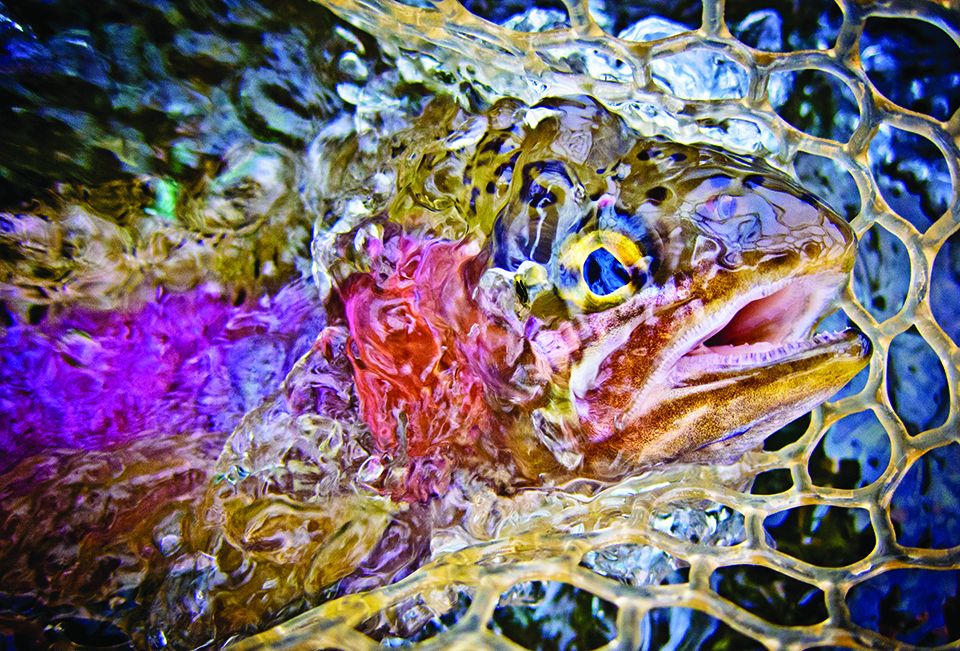
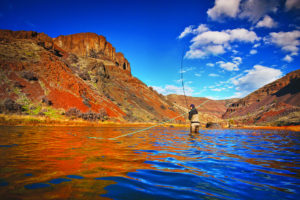
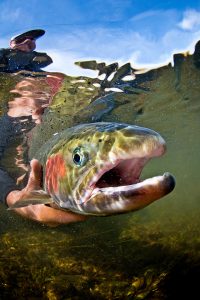

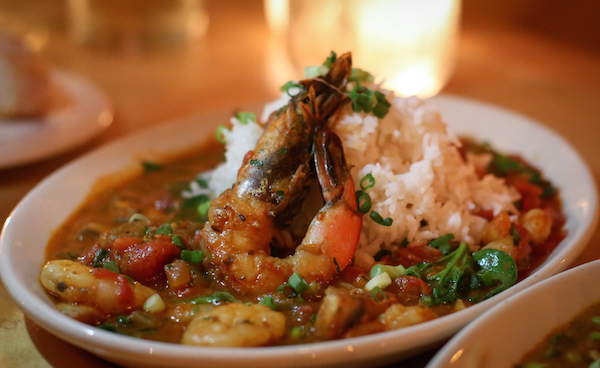

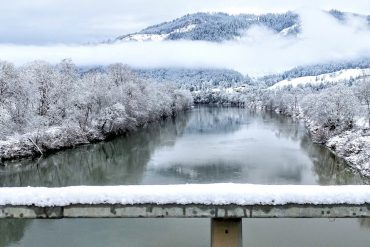



You guys need to do some photo editing.. none of these pics are smallmouth bass, and the guy is clearly Spey fishing on the John Day for steelhead not smallmouth.